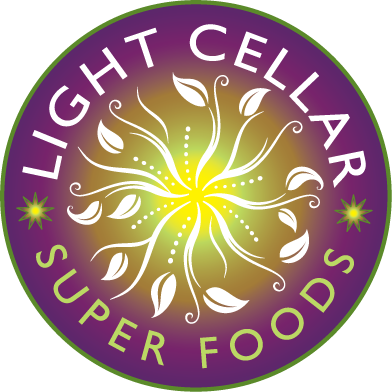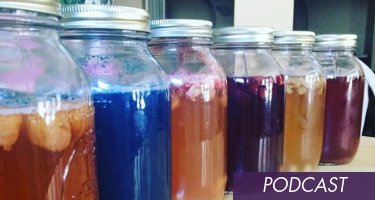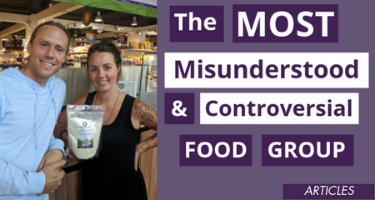
When we think of "vitamins," we know they’re super-important for health.
But vitamin D is special.
It’s difficult to get enough vitamin D; vitamin D is, therefore, a very common deficiency.
So, let’s talk about how much of this critical fat-soluble vitamin we need, and how you can get enough. The three ways to vitamin D are exposure to the sun, consuming vitamin D containing food, and through supplements.

Vitamin D helps us absorb calcium from our food and acts like a hormone to help us build strong bones.
Vitamin D can also help with immune function, cellular growth, and help to prevent moodimbalances such as depression and seasonal affective disorder.
Not getting enough vitamin D can lead to bone diseases like osteomalacia.
Inadequate vitamin D can also increase your risk of heart disease, autoimmune diseases, certain cancers, and evendeath. The “official” minimum amount of vitamin D to strive for each day is merely 400-600 IU.
Many experts think that this is not nearly enough for optimal health.To ensure you get adequate amounts of vitamin D, you can implement any combination of the three vitamin D sources mentioned above on a weekly basis.

Your skin makes vitamin D when it’s exposed to the sun; that’s why it’s referred to as the “sunshine vitamin”.
How much vitamin D your skin makes depends on many things. Location,season, clouds, clothing, all affect the amount of vitamin D your skin can produce from the sun.
One standard recommendation is to get about 5–30 minutes of sun exposure between 10:00 a.m. – 3:00 p.m. to the face, arms, legs, or back.
This should be done without sunscreen, at least twice a week. Of course, we should always avoid sunburns and of course in some locations (and seasons of the year) it’s not easy to get sun exposure.
So, how can we get enough vitamin D in other ways?
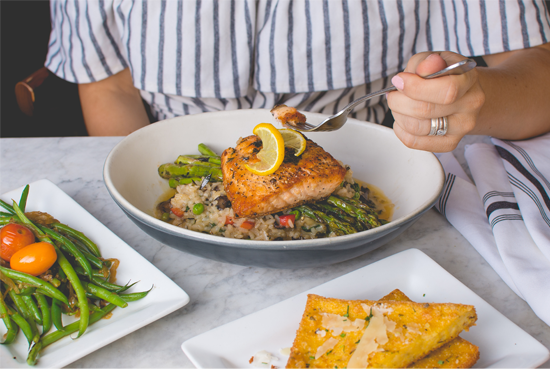
Vitamin D is naturally found in fatty fish, liver, and egg yolks.
Some mushrooms make vitamin D when they’re exposed to the sun.
Some foods are “fortified” (which means vitamin D has been added) with vitamin D.
These include milk, some orange juices, breakfast cereals, and yogurt. It will say on the label how much vitamin D has been added per serving.
Because vitamin D is fat-soluble, you can increase absorption of it from your food if you eat it with some fat (healthy fat, of course).
Between sun exposure and food, it still may be difficult to get even the minimum of 400 IU of vitamin D each day; this is why vitamin D supplements are quite popular.
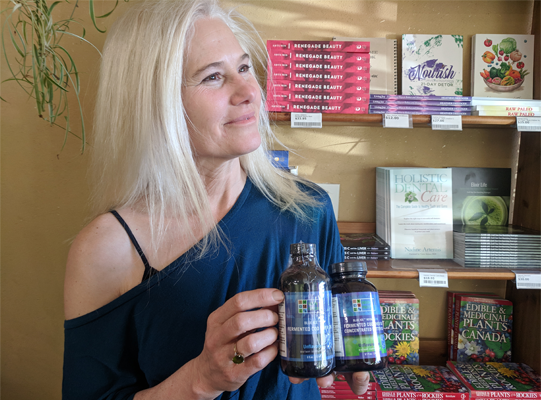
It’s easy enough to just “pop a pill” or take some cod liver oil (which also contains vitamin A).
Either of these can ensure that you get the minimum amount of vitamin D, plus a bit extra.
But before you take vitamin D containing supplements, make sure you check that it won’t interact with other supplements or medications you may be taking.
Always read your labels, and ask a healthcare professional for advice.
Do not take more than the suggested dosage on the label of any vitamin D supplement, except under medical care.
The maximum amount recommended (for the general population) is 4,000 IU/day.
Too much vitamin D can raise your blood levels of calcium (to an unsafe level), and this can affect your heart and kidneys.
The best thing, if you’re concerned, is to ask your healthcare professional to do a blood test and make a recommendation about how much vitamin in supplement form is right for you.
Your healthcare practitioner may recommend higher amounts of vitamin D supplementation for a short time while under their care.

Vitamin D is an essential fat-soluble vitamin which; many people have a hard time maintaining adequate levels of vitamin D.
There are three ways to get enough vitamin D: sun exposure, through certain foods, and in supplements.
I’ve given you some ideas how you can get the minimum 400-600 IU of vitamin D daily.
If you’re concerned, it’s best to request a blood test that tests your vitamin D levels to be sure what’s right for you.
Always take supplements as directed.
It’s also a good idea to consider taking your vitamin D alongside vitamin K as new research suggests these two vitamins work synergistically together to promote strong bone health, among other benefits.
Super-Simple Grilled Salmon
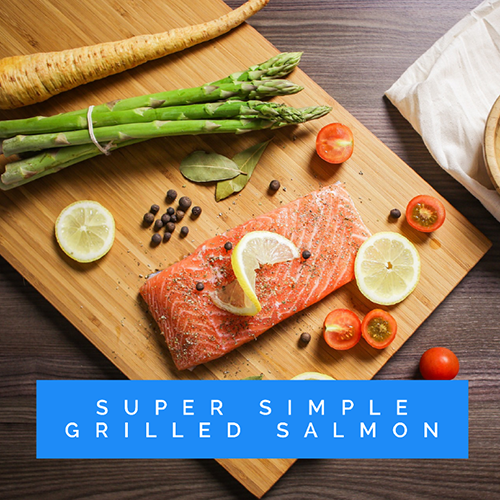
* 4 wild salmon fillets
* 1 bunch asparagus
* 1/4 tsp sea salt
* 1/4 black pepper
* 1/4 tsp dried parsley
* 1/4 tsp. dried dill
* 4 tbsp olive oil
Directions:
* Preheat the oven broiler and raise the oven rack. Place parchment paper on a baking sheet and
place fish on top, skin-side down. Surround with a single layer of asparagus.
* Sprinkle the fish and asparagus with sea salt, pepper, parsley, and dill. Drizzle with olive oil.
* Broil for 8-10 minutes until fish flakes easily with a fork.
Serve & enjoy!
Tip: Serve with a side of rice or quinoa.

Cordelia McFadyen
RHN Dean, School of Holistic Nutrition and School of Permaculture Design
Cordelia McFadyen, of Inspired Living Nutrition Inc., is a Holistic Nutritionist who works with brands, corporations and most importantly women to recover their digestive health and establish healthy boundaries in order to live a gutsy life. She is Board Certified in Holistic Nutrition (B.C.H.N.) and is also a Natural Nutrition Clinical Practitioner (N.N.C.P.).Cordelia believes that there is much to learn about health; we must deconstruct old thoughts and beliefs that prevent us from moving forward in order to claim the most optimal health that is available to us all. We are not what we eat but instead what we absorb and assimilate; strong gut health allows us to do just that.
